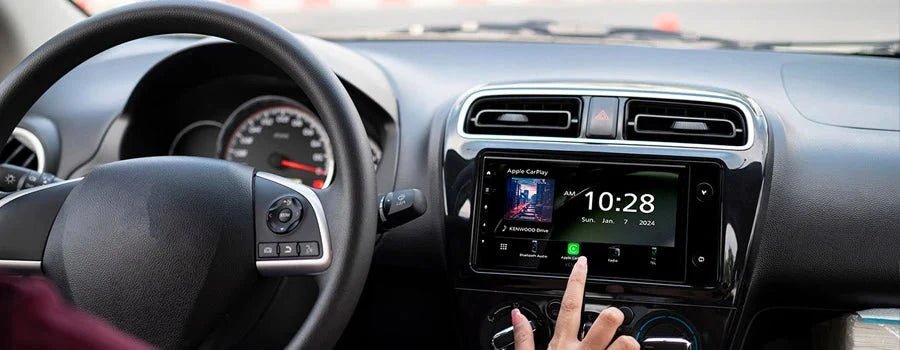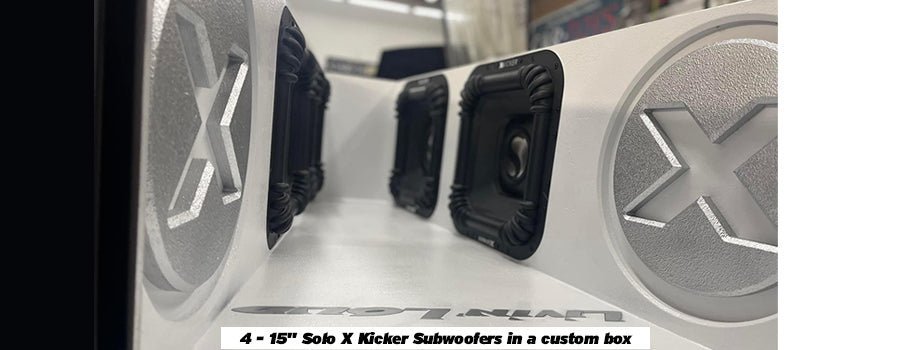
Your Ultimate Guide to Buying the Perfect Car Amplifier
What does an amplifier do for your stereo? To keep it simple, an amplifier takes a weak signal and makes it more powerful. Think of the amplifier as the heart of the system, it is the device that provides the power to move the speakers. If your speakers are underpowered, they are not working to their maximum potential, which leads to poor sound quality and may even harm your speakers. For the most part, factory installed stereos provide very little power output to drive your speakers. A properly matched amplifier/speaker combination will produce a full, rich sound where you can hear all of the nuances of the media that you are listening to.
If you are thinking about adding an amplifier to your car stereo because your system has lost its luster, but are still using your factory installed speakers, you may want to start by replacing your factory speakers. Typically factory speakers are not of the highest quality and tend to wear out over time.
Power Rating: Amplifier power ratings are categorized in two measurements.
- IRMS (root mean square) Power: The measurement of the amount of Continuous Power the amplifier can produce comfortably. This is the rating that industry professionals are most concerned with, and it is a more concise reflection of the amount of power the amplifier is capable of producing. Once the amplifier has surpassed its RMS Power rating it will begin to generate heat, distort, and may cause damage to the unit itself.
- Peak Power: How much power the amplifier can produce for a very, very short period of time before damage or failure occurs. For the most part this rating is discarded by industry professionals, and it is consider more of a “marketing” power rating. Sure the amplifier may be capable of producing the claimed amount of power, but it will not sound pleasant and it will not be long before the amp shuts off or blows. Therefore it is deemed as a useless measurement of power output and is not considered a worthy rating.
When looking for an amplifier, be sure that you are taking note of the RMS power rating and not the Peak power rating. There are numerous amplifiers on the market that claim that they will produce thousands of watts of power for very little money. It may sound too good to be true, and that’s because it is. These types of amplifiers are built with inferior electronic components. Sure they will amplify your signal, but not to the numbers that they claim. Inexpensive amplifiers tend to produce a lot of signal noise and typically have a very short life span. If you are looking at an amplifier that is rated at 2500 watts peak power and 800 watts RMS power then it is really an 800 watt amplifier.











